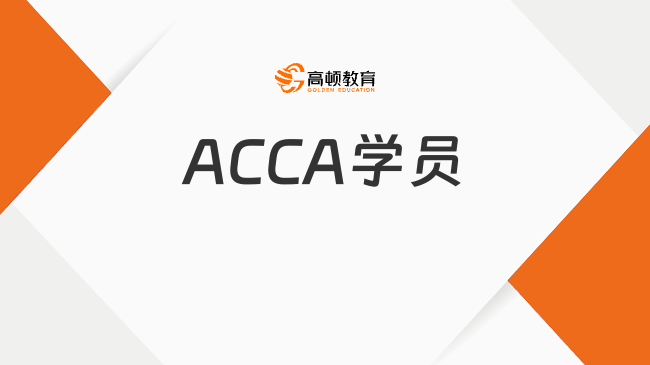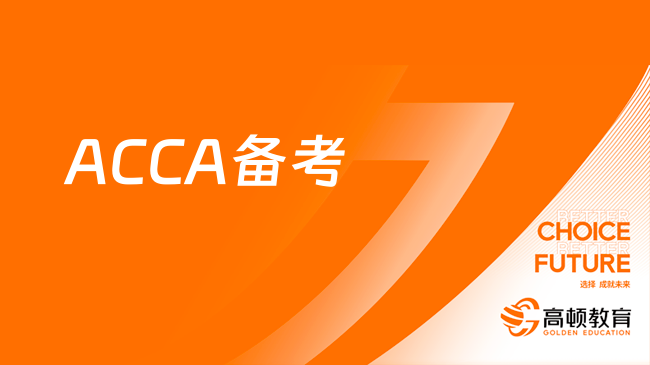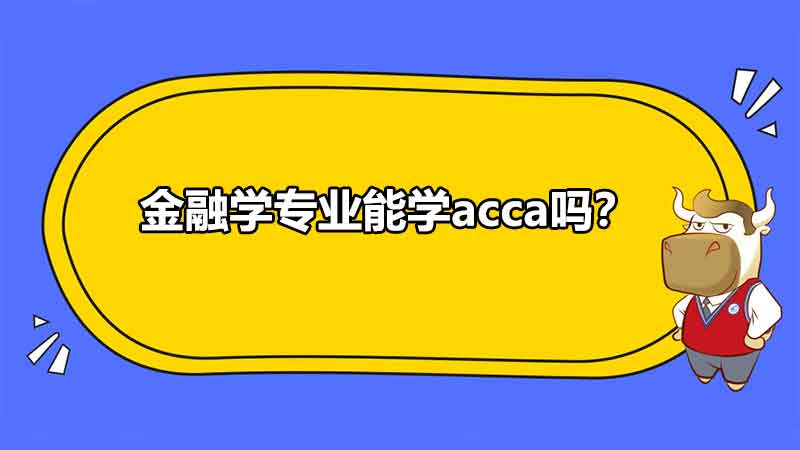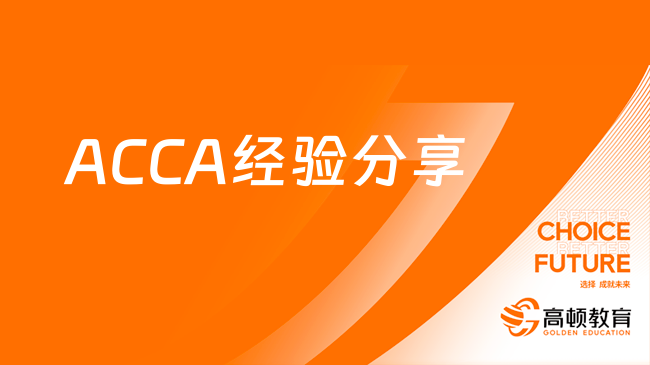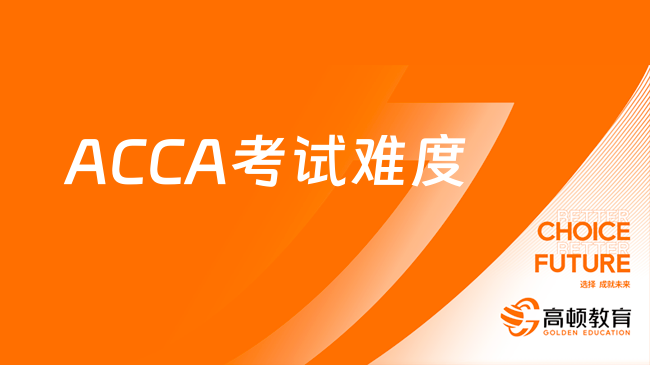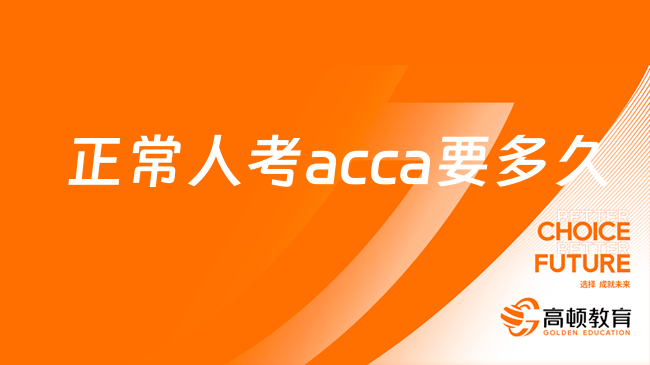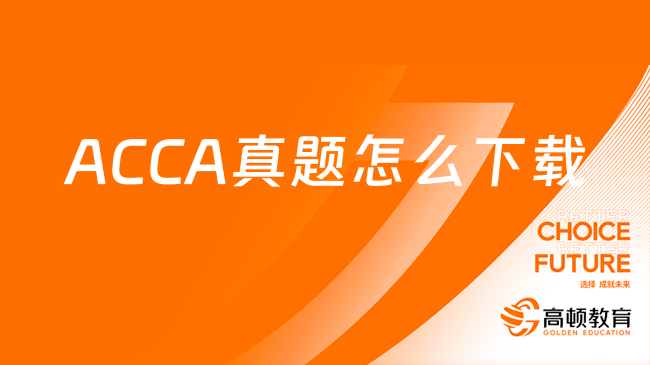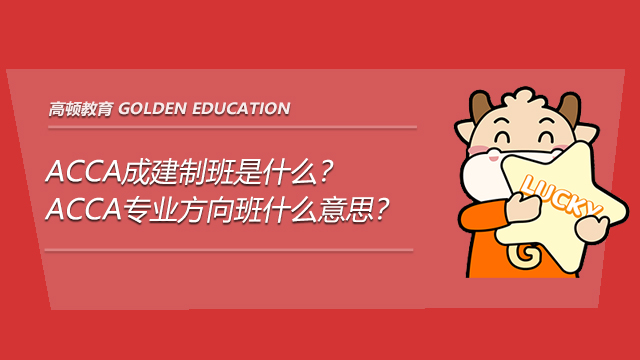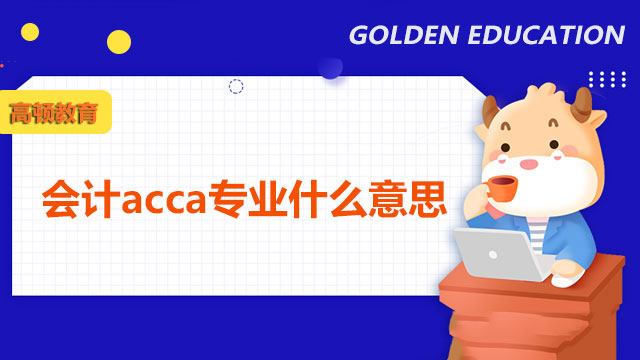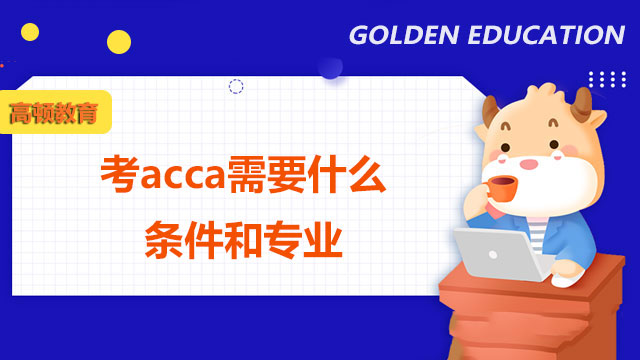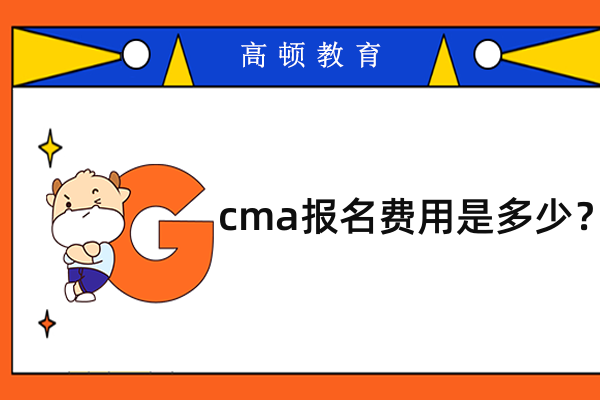2021年备考:ACCA考试科目F2精华笔记分享!
来源:
高顿网校
2020-04-28
ACCA F2全称是Management Accounting,这一门课程是管理会计的内容,课程总体难度不大,差异分析的部分考试可能有些难度,另外一些财务比率的计算需要掌握,为今后的学习打好基础。
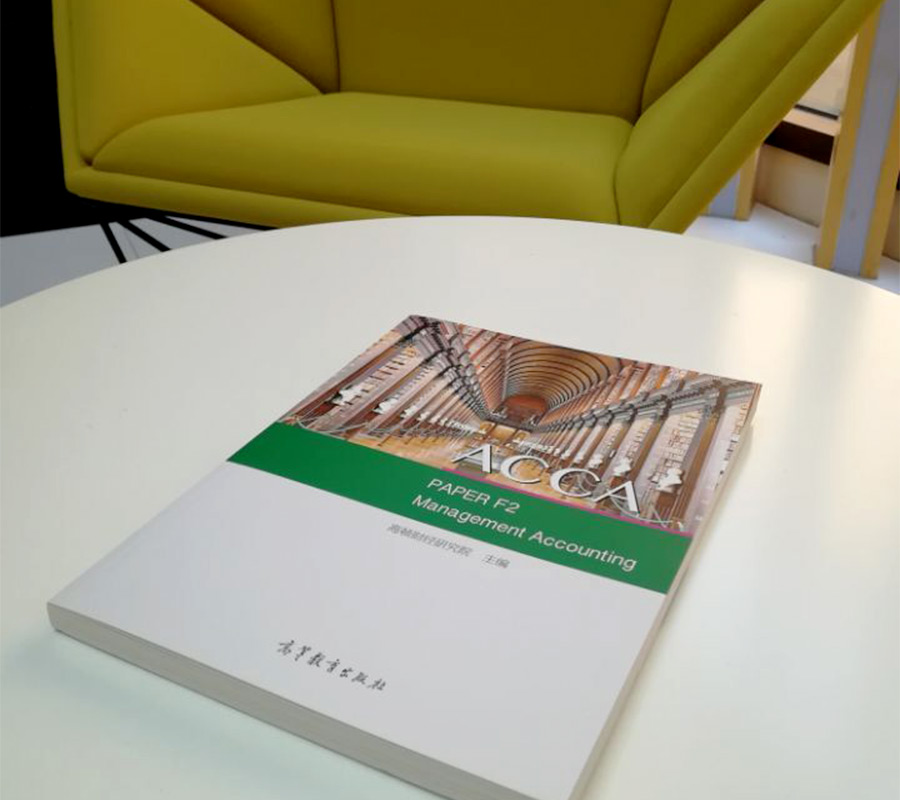
1.Target cost=target selling price–target profit=market price–desired profit margin.
2.cost gap=estimated cost–target cost.
3.TQM:
①preventing costs
②appraisal costs
③internal failure costs
④external failure cost
4.Alternative costing principle:
①ABC(activity based costing)
②Target costing
③Life cycle
④TQM
8.Time series:
①trend
②seasonal variation:⑴加法模型sum to zero;⑵乘法模型sum to 4
③cyclical variation
④random variation
9.pricipal budget factor关键预算因子:be limited the activities
10.budget purpose:
①communication
②coordination
③compel the plan
④motivative employees
⑤resource allocation
11.Budget committee的功能:①coordinated②administration
12.Budget:①function budget②master budget:1.P&L;2.B/S;3.Cash Flow
13.Fixed Budget:不是在于固不固定,而是基于一个业务量的考虑,financail expression.
Flexible Budget:包含了固定成本和变动成本,并且变动成本的变化是随着业务量的变化而改变。
14.Flexible Budget的优点:
①recognize different cost behavior.
②improve quality and a comparison of like with like
③help managers to forecast cost,revenue and profit.
15.Flexible Budget的缺点:
1假设太简单。
2需要更多的时间准备预算编制。
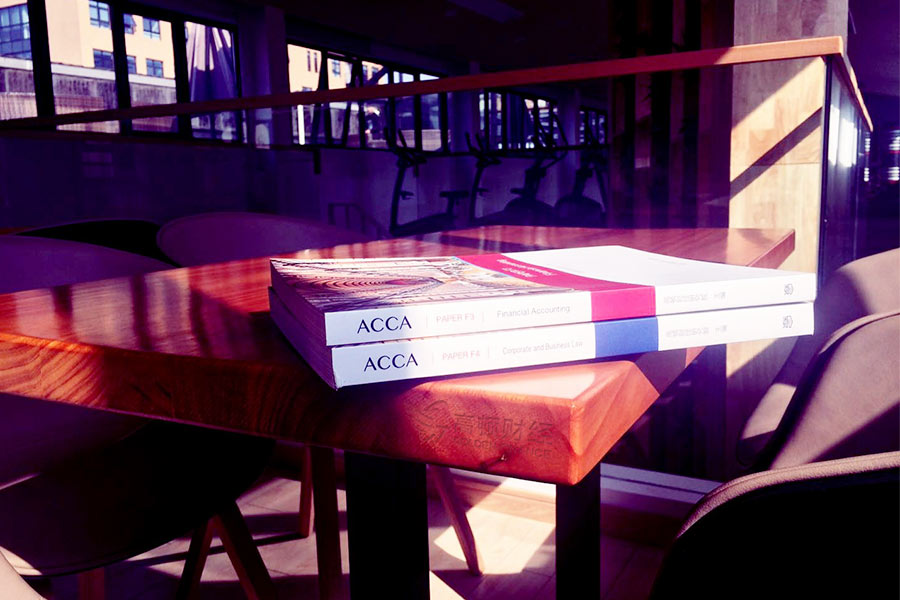
17.Budget Behavior:
①participate approach
②imposed budget
18.payback投资回收期的缺点:
①ignore profitability
②the time value of money is ignored
③没有考虑项目后期带来的经济利益
④arbitray武断
19.payback投资回收期的优点:
①easy to calculate
②widely use
③minimize the effect of the risk and help liqidity
★如果在算投资回收期的时候,发生折旧,则需要加回折旧,因为折旧是非现金项目。
20.(1+real interst rate)*(1+inflation rate)=(1+nominal interest rate)
21.NPV=present value of future net cash flow–present value of initial cost
22.永续年金=A/i
23.每年的汇报是相同的就查看年金现值系数表,不同的就查看年金系数表。
24.EAR=CAR=APR=(1+r/n)n–1有效年利率
25.IRR:(based on cash flow analysis)
①IRR>cost of capital,NPV>0,worth taking
②IRR<cost of capital,NPV<0,not worthwhile.
26.ARR=average profit/average investment(ARR是基于profit)
Average investment=(initial investment–residual value)/2
27.type of standard:
①basic standard
②current standard
③ideal standard
④attainable standard
28.Variance
1.Material Variance
⑴total material variance=standard cost–actual cost
⑵material price variance=(standard price–actual price)*actual quantity
⑶material usage variance=(standard usage of actual output-actual usage)*standard price.
2.Direct Labor Variance
⑴standard pay–actual pay
⑵Labor rate variances=(standard rate–actual rate)*actual hrs of actual output
⑶Labor efficiency variances=(standard hrs of actual output–actual hrs)*standard rate
3.Variable production overhead variances
⑴Total variable O.H.variance=standard cost–actual cost
⑵Variable O.H.expenditure variance=(standard rate–actual rate)*actual hrs
⑶Variable O.H.efficiency variance=(standard hrs of actual output–actual hrs)*standard rate
4.Fixed O.H.expenditure variance
⑴Fixed O.H.Expenditure variance=budget expenditure–actual expenditure
⑵Fixed O.H.volume=(actual output-budgeted volume)*standard hrs per unit*standard rate per hr.
⑶Capacity variance=(actual hrs worked–budgeted hrs worked)*standard rate per hr
⑷Efficiency variance=(standard hrs worked for actual output–actual hrs worked)*standard rate per hr⑴+⑵:Fixed O.H.total variance=fixed O.H.absorbed–actual expenditure
5.Sales variance
⑴Sales price variances=(actual price–budget price)*actual sales units
⑵Sales volume variances=(actual sales units–budget sales units)*standard profit per unit
(absorption)
⑶Sales volume variances=(actual sales units–budget sales units)*standard CPU(marginal costing)
6.Idle time variances
Idle time variance=(expected idle time–actual idle time)*adjusted hr rate
29.The elements of a mission statement including:
①Purpose
②Strategy
③Policies and standards of behavior
④Values and culture
30.A critical success factor is a performance requirement that is fundamental to competitivesuccess.
31.Profitability ratios
①Return on capital employed(ROCE)
=profit before interest and tax/(shareholders’funds+long-term liabilities)×100%
②Return on equity(ROE)=profit after tax/shareholders’funds×100%
③Asset turnover=sales/capital employed×100%
=sales/(shareholders’funds+long-term liabilities)×100%
④Profit margin=profit before interest and tax/sales×100%
Profit margin×asset turnover=ROCE
32.Debt and gearing ratios
①Debt-to-equity ratio=long-term liabilities/total equity×100%
②Interest cover=PBIT/Interest×100%
33.Liquidity ratios
①Current ratio=current assets/current liabilities
②Quick ratio(acid test ratio)=current assets minus inventory/current liabilities
34.Working capital ratios
①Inventory days=average inventory*365/cost of sales
②Receivables days=average trade receivables*365/sales
③Payables days=average trade payables*365/cost of sales(or purchases)
35.Non-financial performance measures
Non-financial performance measures are considered to be leading indicators of financial performance.
①Market share
②Innovation
③Growth
④Productivity
⑤Quality
⑥Social aspects
36.The balanced scorecard:
①financial perspective②external perspective
③customer perspective④learning and innovation perspective
37.Benchmarking:
①Internal benchmarking
②Competitive benchmarking
③Functional benchmarking
④Strategic benchmarking
38.Value analysis is a planned,scientific approach to cost reduction,which reviews the material composition of a product and the product's design so that modifications and improvements can be made which do not reduce the value of the product to the customer or user.
39.Four aspects of'value'should be considered:
①Cost value
②Exchange value
③Utility value
④Esteem value
40.ROI=PBIT/capital employed*100%
Widely used and accepted;As a relative measure it enables comparisons to be made with divisions or companies of different sizes.
41.RI=PBIT-Imputed interest*capital employed.
Possible to use different rates of interest for different types of assets;Cost of finance is beingconsidered.
版权声明:本条内容自发布之日起,有效期为一个月。凡本网站注明“来源高顿教育”或“来源高顿网校”或“来源高顿”的所有作品,均为本网站合法拥有版权的作品,未经本网站授权,任何媒体、网站、个人不得转载、链接、转帖或以其他方式使用。
经本网站合法授权的,应在授权范围内使用,且使用时必须注明“来源高顿教育”或“来源高顿网校”或“来源高顿”,并不得对作品中出现的“高顿”字样进行删减、替换等。违反上述声明者,本网站将依法追究其法律责任。
本网站的部分资料转载自互联网,均尽力标明作者和出处。本网站转载的目的在于传递更多信息,并不意味着赞同其观点或证实其描述,本网站不对其真实性负责。
如您认为本网站刊载作品涉及版权等问题,请与本网站联系(邮箱fawu@gaodun.com,电话:021-31587497),本网站核实确认后会尽快予以处理。
点一下领资料
【整理版】ACCA各科目历年真题
真题高频考点,刷题全靠这份资料
下载合集
acca全科学习思维导图
梳理核心考点,一图看懂全部章节
下载合集
2023年acca考纲解析
覆盖科目重难点,备考按照计划走
下载合集
acca备考 热门问题解答
- acca考试怎么搭配科目?
-
建议优先选择相关联的科目进行搭配报考,这样可以提高备考效率,减轻备考压力,1、F1-F4:为随时机考科目,难度较低,这里可以自行随意选择考试顺序。2、F5-F9:如果你的工作的和财务会计或者审计有关、或者你比较擅长财务和审计的话,推荐先考F7和F8。你可以选择一起考ACCA考试科目F7和F8或者先考F7(8)再考F8(7),这就要取决你一次想考几门。3、P阶段:选修科目中,建议企业首选AFM!第二部分科目进行选择,如果AA和SBR掌握学生更好,可以通过选择AAA,如果SBL掌握的好,可以自己选择APM。
- acca一共几门几年考完?
-
acca一共有15门考试科目,其中有必修科目和选修科目,考生需要考完13门科目才能拿下证书。
- acca一年考几次?
-
acca一年有4次考试,分别是3月、6月、9月和12月,分季机考科目是采取的这类四个考季的模式,而随时机考则是没有这方面的时间规定限制,可以随报随考。
- acca的含金量如何?
-
ACCA证书的含金量是比较高的,从就业、能力提升、全球认可等角度来说,都是比较有优势的证书,其含金量主要表现在以下几个方面:1、国际化,认可度高;2、岗位多,就业前景好;3、缺口大,人才激励。
严选名师 全流程服务
其他人还搜了
热门推荐
-
高顿ACCAer|22级财会生的自白:ACCA是我迷茫大一的一盏灯 2023-09-14
-
学姐分享ACCA的SBR,AAA备考经验,一起来看! 2023-09-09
-
acca伦敦大学学位怎么申请? 2023-09-06
-
大学里含金量超高的证书,你拥有了几个? 2023-09-06
-
ACCA1考季过4科,看看学长是如何备考的? 2023-08-30
-
金融学专业能学acca吗? 2023-08-28
-
ACCA考试倒计时开始,如何备考冲刺? 2023-08-25
-
ACCA快速通过13门成功秘籍,来看学姐专访! 2023-08-23
-
acca考过了厉害吗?详述ACCA的具体作用! 2023-08-23
-
ACCA考试难度一览,详细经验分享来了! 2023-08-23
-
正常人考acca要多久?敲重点,一般2-3年! 2023-08-23
-
ACCA真题怎么下载?速戳,操作指南来了! 2023-08-14
-
PM备考经验分享| 努力的人一定会得到一颗糖 2023-07-26
-
大学ACCA方向班值不值得读? 2023-07-25
-
acca论坛推荐,有哪些实用的学习资料? 2023-07-18
-
acca论坛推荐,有哪些实用的学习资料? 2023-07-18
-
会计专业考acca免考吗?会计专业是什么? 2023-06-28
-
ACCA成建制班是什么?ACCA专业方向班什么意思? 2023-06-28
-
acca申请时填什么专业?ACCA专业难考吗? 2023-06-28
-
acca专业是什么意思?acca专业有什么优势? 2023-06-28
-
会计acca专业好学吗?国内前景如何? 2023-06-28
-
会计专业免考acca吗?详细免考信息一览! 2023-06-28
-
会计acca专业什么意思?有哪些课程? 2023-06-28
-
考acca需要什么条件和专业?你需要了解! 2023-06-28
-
cma继续教育费用怎么收费?每年都需要缴纳吗? 2023-06-19
-
2023会计学专业大学排名如何?考ACCA证书能从事会计吗? 2023-06-19
-
ACCA培训选择指南:自学还是培训机构?如何做出明智决策? 2023-06-08
-
acca需要几年内通过?有时间相关限制吗? 2023-06-07
-
天津大学会计学专业值得报吗?在校可以考ACCA吗? 2023-06-06
-
南开大学会计学专业怎么样?想考ACCA值得报吗? 2023-06-06
 更多服务
更多服务






